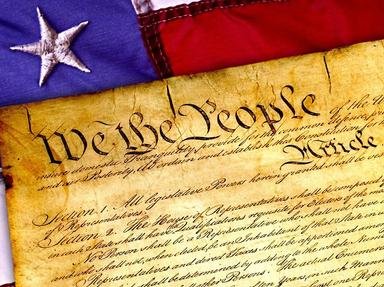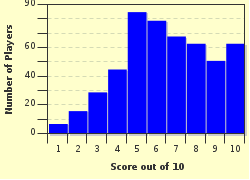Quiz Answer Key and Fun Facts
1. What was the actual month that the Declaration of Independence was signed?
2. What was NOT one of the "inalienable rights" proclaimed in the Declaration of Independence?
3. The Stamp Act was passed in Britain because of the Declaration of Independence.
4. In what state did Thomas Jefferson draft the Declaration of Independence?
5. Who inspired the words that were written in the Declaration of Independence?
6. John Hancock was the first man to sign the Declaration of Independence because he was President of the Second Continental Congress.
7. Which one of the thirteen colonies was the only colony that didn't initially vote on the acceptance of the Declaration of Independence?
8. Where was the first public reading of the Declaration of Independence held?
9. Which member of the drafting committee never signed the Declaration of Independence?
10. Where does the Declaration of Independence call its home?
Source: Author
pennie1478
This quiz was reviewed by FunTrivia editor
bloomsby before going online.
Any errors found in FunTrivia content are routinely corrected through our feedback system.

